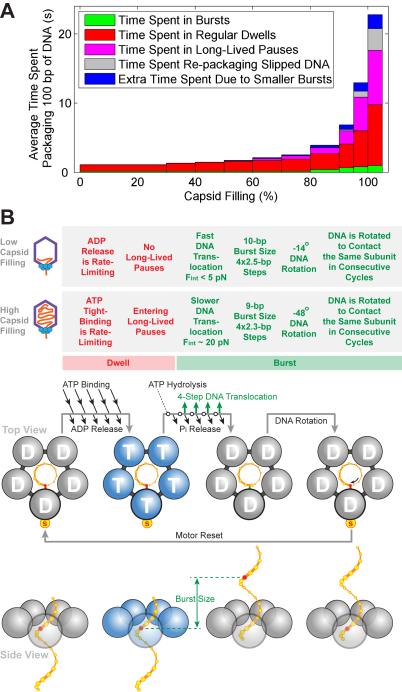Figure 7. The φ29 Motor Adjusts Its Operation in Response to Increasing Capsid Filling.
(A) Average time needed to package 100 bp of DNA at different filling levels. Each color denotes a distinct mechanism that contributes to the slowing down of the motor as the capsid fills.
(B) Characteristics of packaging at low capsid filling and high capsid filling. The φ29 packaging cycle consists of a dwell phase (red) during which five ATPs are loaded sequentially, and a burst phase (green) during which four subunits translocate DNA. In each cycle, the motor rotates the DNA to form specific electrostatic contacts with the DNA backbone. These contacts anchor the motor onto the DNA during the subsequent dwell and determine the identity of the special subunit. Although here rotation is depicted to occur at the end of the burst, alternative scenarios where rotation occurs elsewhere during the cycle cannot be strictly ruled out. Several mechanisms modulate the motor operation at high filling while preserving the overall motor coordination: (1) The ATP-tight-binding rate is down-regulated, prolonging the dwell; (2) The motor enters the LLP state; (3) The duration of the force-sensitive burst phase is prolonged, most likely due to the rising internal force; (4) The step size of the motor decreases, which results in smaller bursts; (5) The amount of DNA rotation per cycle increases.

